Home>Gardening & Outdoor>Outdoor Structures>How To Remove Mold And Mildew From A Canvas Awning
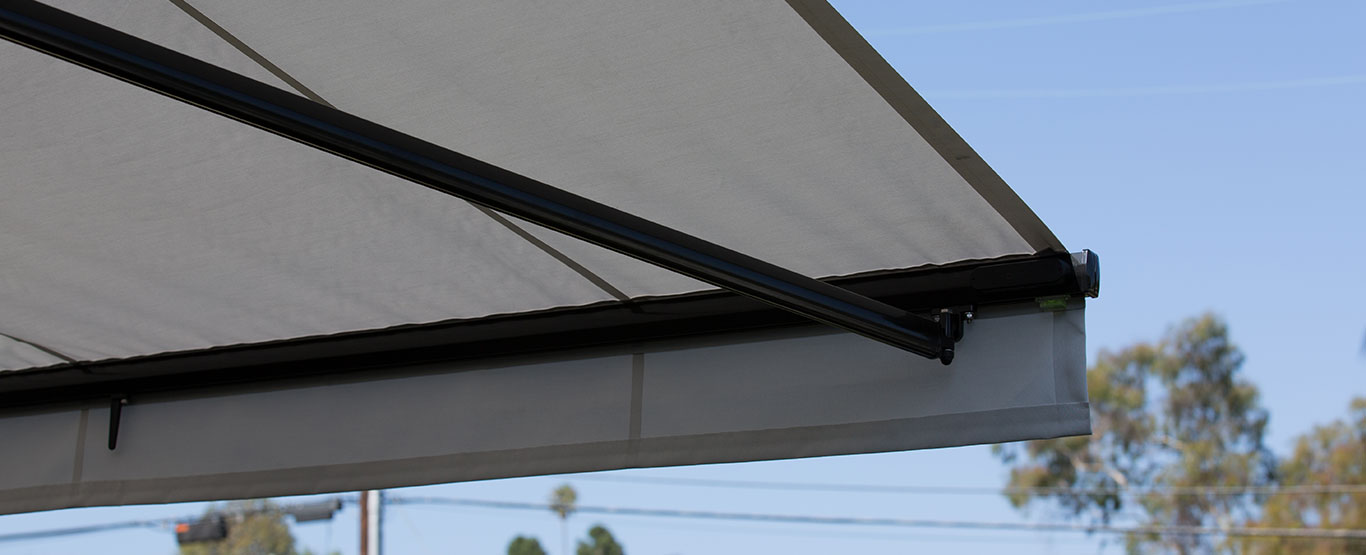

Outdoor Structures
How To Remove Mold And Mildew From A Canvas Awning
Modified: February 18, 2024
Learn how to effectively remove mold and mildew from your canvas awning with our expert outdoor structures maintenance tips. Keep your outdoor space clean and inviting!
(Many of the links in this article redirect to a specific reviewed product. Your purchase of these products through affiliate links helps to generate commission for Storables.com, at no extra cost. Learn more)
Introduction
Maintaining the pristine condition of your outdoor canvas awning is essential for preserving its longevity and aesthetic appeal. However, the presence of mold and mildew can disrupt the allure of your outdoor space, posing a threat to both the structure and the health of those who frequent the area. In this comprehensive guide, we will delve into the nuances of removing mold and mildew from a canvas awning, equipping you with the knowledge and techniques necessary to restore its splendor.
Mold and mildew are common culprits in outdoor environments, thriving in damp and shaded areas. Their unsightly presence not only detracts from the visual appeal of your canvas awning but also compromises its structural integrity over time. Furthermore, exposure to mold and mildew can trigger respiratory issues and allergies, underscoring the urgency of addressing this issue promptly.
By understanding the nature of mold and mildew, preparing for the cleaning process, and implementing effective preventive measures, you can safeguard your canvas awning against these persistent intruders. With the right approach, you can revitalize your outdoor space and create an inviting atmosphere for relaxation and entertainment. Let's embark on this journey to reclaim the pristine condition of your canvas awning and ensure a welcoming outdoor haven for years to come.
Key Takeaways:
- Mold and mildew can damage your canvas awning and affect your health. Regular cleaning, proper ventilation, and preventive treatments can help keep your outdoor space inviting and safe.
- To remove mold and mildew, gently brush and clean your canvas awning with a suitable solution. After cleaning, take steps to prevent future growth by maintaining ventilation and applying protective treatments.
Understanding Mold and Mildew
Before delving into the removal process, it’s crucial to comprehend the nature of mold and mildew. Mold and mildew are types of fungi that thrive in damp, humid, and poorly ventilated environments. They typically appear as fuzzy or powdery growths, often in shades of green, black, or brown, and can spread rapidly if left unchecked. When these unwelcome guests take up residence on your canvas awning, they not only mar its appearance but also pose potential health risks.
Mold and mildew reproduce by releasing spores into the air, which can be inhaled and cause respiratory issues, especially for individuals with allergies or asthma. Additionally, prolonged exposure to mold and mildew can lead to skin irritation and other health concerns. Therefore, addressing the presence of mold and mildew on your canvas awning is not only vital for preserving its visual appeal but also for ensuring a safe and healthy outdoor environment.
It’s important to note that mold and mildew can thrive on various surfaces, including fabric, wood, and concrete. However, their presence on a canvas awning is particularly concerning due to the fabric’s porous nature, which provides an ideal breeding ground for these fungi. Understanding the conditions that facilitate mold and mildew growth is the first step toward effectively combating their presence and preventing future infestations.
Now that we have gained insight into the characteristics and potential hazards of mold and mildew, we can proceed to prepare for the process of removing these unwelcome intruders from your canvas awning.
Preparing for Cleaning
Before embarking on the task of removing mold and mildew from your canvas awning, adequate preparation is essential to ensure a thorough and effective cleaning process. Here are the key steps to prepare for this endeavor:
- Assess the Severity: Begin by assessing the extent of mold and mildew growth on your canvas awning. Identify the affected areas and take note of any deeply ingrained stains or discoloration.
- Choose the Right Time: Plan the cleaning process for a time when the weather forecast indicates several consecutive dry and sunny days. This will facilitate faster drying of the awning after cleaning, reducing the risk of moisture accumulation and inhibiting future mold and mildew growth.
- Gather Cleaning Supplies: Assemble the necessary cleaning supplies, including a soft-bristled brush, mild detergent or specialized awning cleaner, a bucket, a hose with a spray nozzle, and protective gear such as rubber gloves and safety goggles.
- Test Cleaning Solutions: If using a commercial awning cleaner or a new cleaning solution, perform a patch test on a small, inconspicuous area of the awning to ensure compatibility and prevent potential damage to the fabric.
- Clear the Surrounding Area: Remove any furniture, decorations, or obstacles near the canvas awning to create unobstructed access for the cleaning process. This will also prevent these items from being inadvertently splattered with cleaning solutions.
- Protect Nearby Plants: If there are plants or landscaping in close proximity to the awning, cover them with plastic sheeting or gently hose them down before, during, and after the cleaning process to shield them from potential exposure to cleaning agents.
By diligently preparing for the cleaning process, you can set the stage for a systematic and successful endeavor to rid your canvas awning of mold and mildew. With these preparations in place, you are ready to embark on the next crucial phase: the actual cleaning of the canvas awning to eliminate mold and mildew infestations.
Mix a solution of 1 part bleach to 4 parts water. Scrub the affected areas with a soft brush, then rinse thoroughly with water. Allow the awning to dry completely before storing or using it.
Cleaning the Canvas Awning
Now that you have meticulously prepared for the cleaning process, it’s time to embark on the task of eliminating mold and mildew from your canvas awning. Follow these steps to ensure a thorough and effective cleaning:
- Begin with Gentle Dry Brushing: Using a soft-bristled brush, gently remove any loose mold and mildew from the surface of the awning. This initial step helps prevent the spread of spores during the subsequent wet cleaning process.
- Prepare the Cleaning Solution: In a bucket, mix a mild detergent or a specialized awning cleaner with water according to the manufacturer’s instructions. Ensure that the cleaning solution is appropriate for use on canvas fabric and does not contain harsh chemicals that may damage the awning.
- Apply the Cleaning Solution: Using a sponge or soft cloth, apply the cleaning solution to the affected areas of the canvas awning. Work in small sections to ensure thorough coverage while preventing the solution from drying on the fabric.
- Gently Scrub the Surface: With a soft-bristled brush, gently scrub the treated areas of the awning to lift and loosen the mold and mildew stains. Take care not to apply excessive pressure that could damage the fabric fibers.
- Rinse Thoroughly: Using a hose with a gentle spray nozzle, thoroughly rinse the entire canvas awning to remove the cleaning solution and dislodged mold and mildew residues. Ensure that all traces of the cleaning solution are completely washed away.
- Allow for Adequate Drying: After the thorough cleaning and rinsing process, allow the canvas awning to dry completely in the sunshine. This step is crucial for preventing residual moisture, which can contribute to future mold and mildew growth.
By meticulously following these steps, you can effectively cleanse your canvas awning of mold and mildew, restoring its pristine appearance and ensuring a healthier outdoor environment. With the cleaning process completed, it’s essential to implement preventive measures to minimize the risk of future mold and mildew infestations.
Preventing Future Mold and Mildew Growth
After successfully removing mold and mildew from your canvas awning, it’s imperative to implement preventive measures to inhibit their return. By adopting proactive strategies, you can safeguard your awning against future mold and mildew growth, ensuring its longevity and visual appeal. Here are essential steps to prevent the recurrence of these unwelcome intruders:
- Maintain Adequate Ventilation: Ensure proper air circulation around the canvas awning by trimming back foliage and avoiding obstructive barriers that impede airflow. Adequate ventilation discourages the accumulation of moisture, creating an inhospitable environment for mold and mildew.
- Regular Cleaning and Inspection: Establish a routine for inspecting and cleaning your canvas awning. Promptly address any signs of dirt, debris, or organic matter accumulation, as these can provide a breeding ground for mold and mildew if left unattended.
- Apply a Protective Treatment: Consider applying a specialized mold and mildew-resistant treatment to the canvas awning. These protective coatings can provide an additional barrier against fungal growth, enhancing the awning’s resilience in outdoor conditions.
- Address Leaks and Drainage: Regularly inspect the surrounding area for potential sources of water accumulation, such as clogged gutters, leaky downspouts, or inadequate drainage systems. Addressing these issues promptly can prevent excess moisture from seeping onto the awning.
- Shade and Sunlight Management: Strategically manage shade and sunlight exposure around the awning to minimize prolonged periods of dampness. Consider pruning nearby trees or installing retractable awnings to regulate sun exposure and reduce moisture retention.
- Proactive Spore Control: Consider using a preventive anti-fungal spray specifically designed for outdoor fabrics. This proactive measure can help inhibit the germination of mold and mildew spores, providing an added layer of defense against their proliferation.
By integrating these preventive measures into your awning maintenance regimen, you can fortify its defenses against mold and mildew, preserving its pristine condition and prolonging its lifespan. With a proactive approach to prevention, you can enjoy a captivating outdoor space free from the encroachment of mold and mildew, fostering a welcoming environment for relaxation and entertainment.
Read more: How To Repair Canvas Awning
Conclusion
As we conclude this comprehensive guide on removing mold and mildew from a canvas awning, it’s evident that preserving the integrity and visual appeal of outdoor structures requires proactive maintenance and diligent care. Mold and mildew, pervasive in humid and shaded environments, pose a persistent threat to the aesthetic and structural integrity of canvas awnings. However, armed with the knowledge and techniques shared in this guide, you are equipped to combat these intruders and fortify your awning against their return.
Understanding the nature of mold and mildew, preparing meticulously for the cleaning process, and implementing preventive measures are pivotal steps in safeguarding your canvas awning. By embracing these strategies, you can create an environment that is not only visually captivating but also conducive to the well-being of those who frequent the outdoor space.
Effective maintenance, including routine cleaning, proactive spore control, and vigilant inspection, is paramount in preserving the allure and functionality of your canvas awning. By integrating these practices into your maintenance routine, you can mitigate the risk of mold and mildew infestations, ensuring that your outdoor space remains a welcoming haven for relaxation and enjoyment.
As you embark on the journey of maintaining your canvas awning, remember that prevention is key. By addressing potential sources of moisture, promoting adequate ventilation, and embracing regular cleaning and inspection, you can fortify your awning against the encroachment of mold and mildew, preserving its allure and extending its longevity.
With these insights and strategies at your disposal, you are empowered to reclaim the splendor of your canvas awning and foster an outdoor environment that beckons with charm and comfort. By nurturing your outdoor space with care and attention, you can create an inviting sanctuary that enriches your lifestyle and captivates the senses.
May your canvas awning stand as a testament to the harmonious fusion of beauty and resilience, beckoning you and your guests to savor the delights of outdoor living for years to come.
Frequently Asked Questions about How To Remove Mold And Mildew From A Canvas Awning
Was this page helpful?
At Storables.com, we guarantee accurate and reliable information. Our content, validated by Expert Board Contributors, is crafted following stringent Editorial Policies. We're committed to providing you with well-researched, expert-backed insights for all your informational needs.
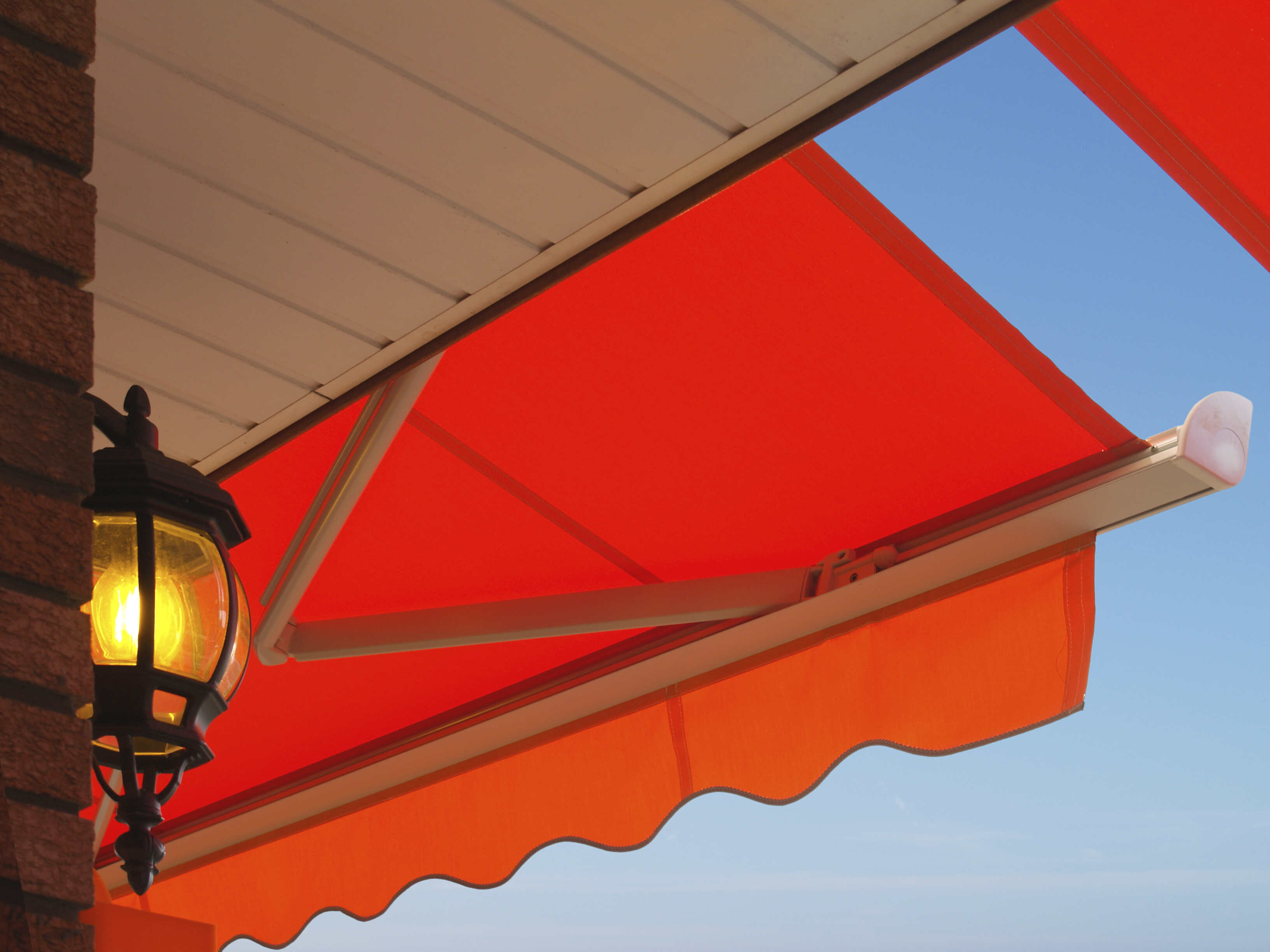
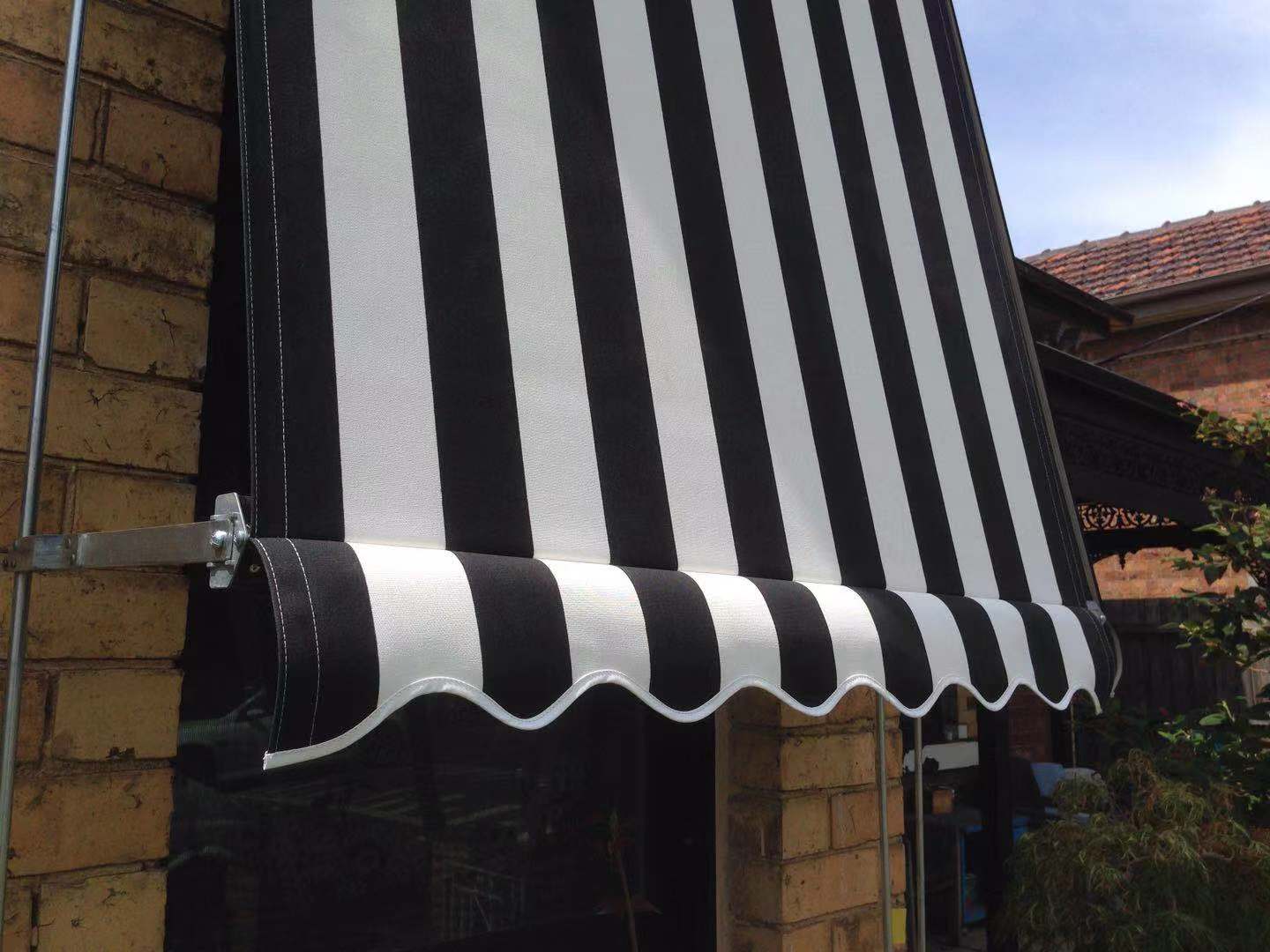

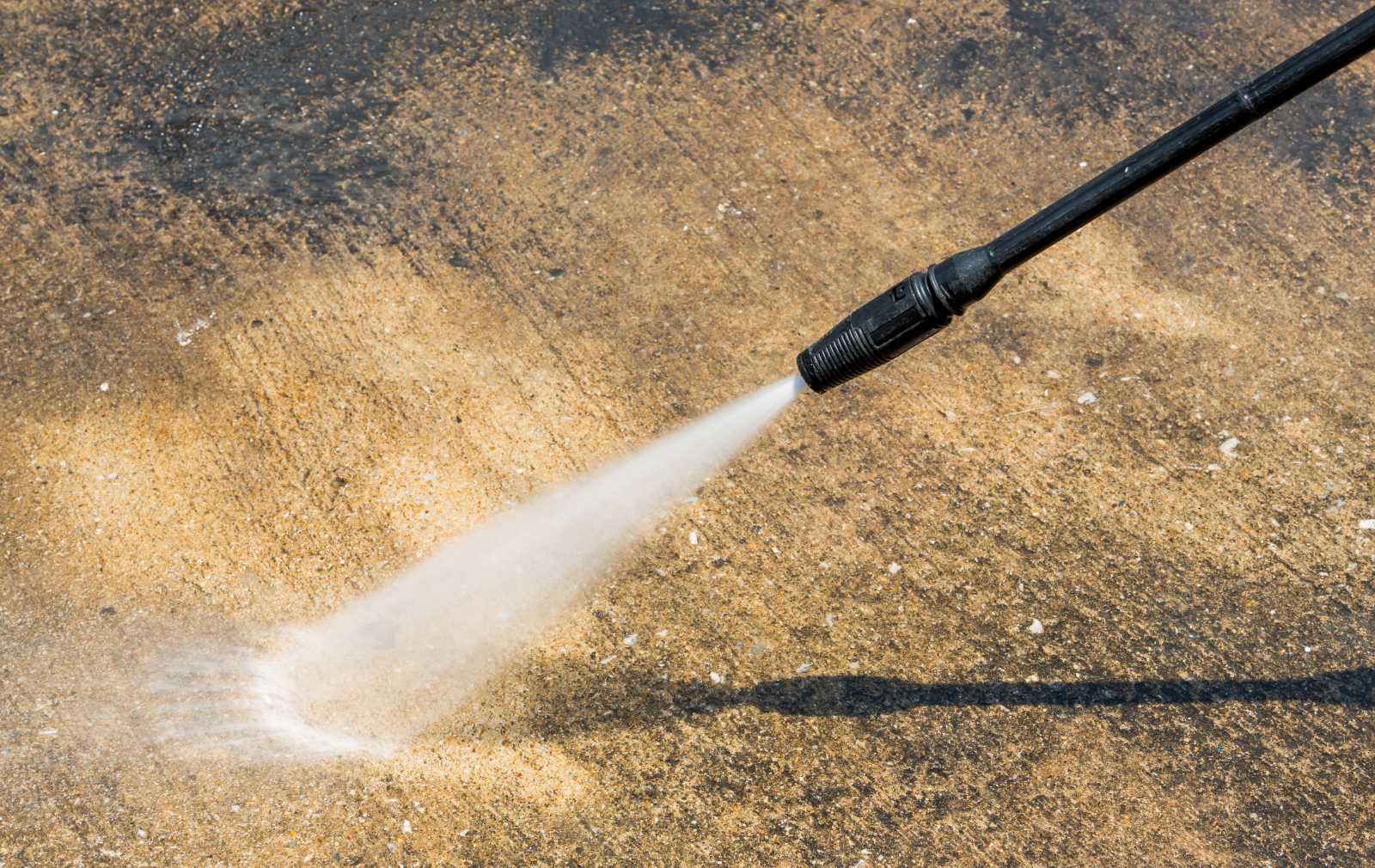
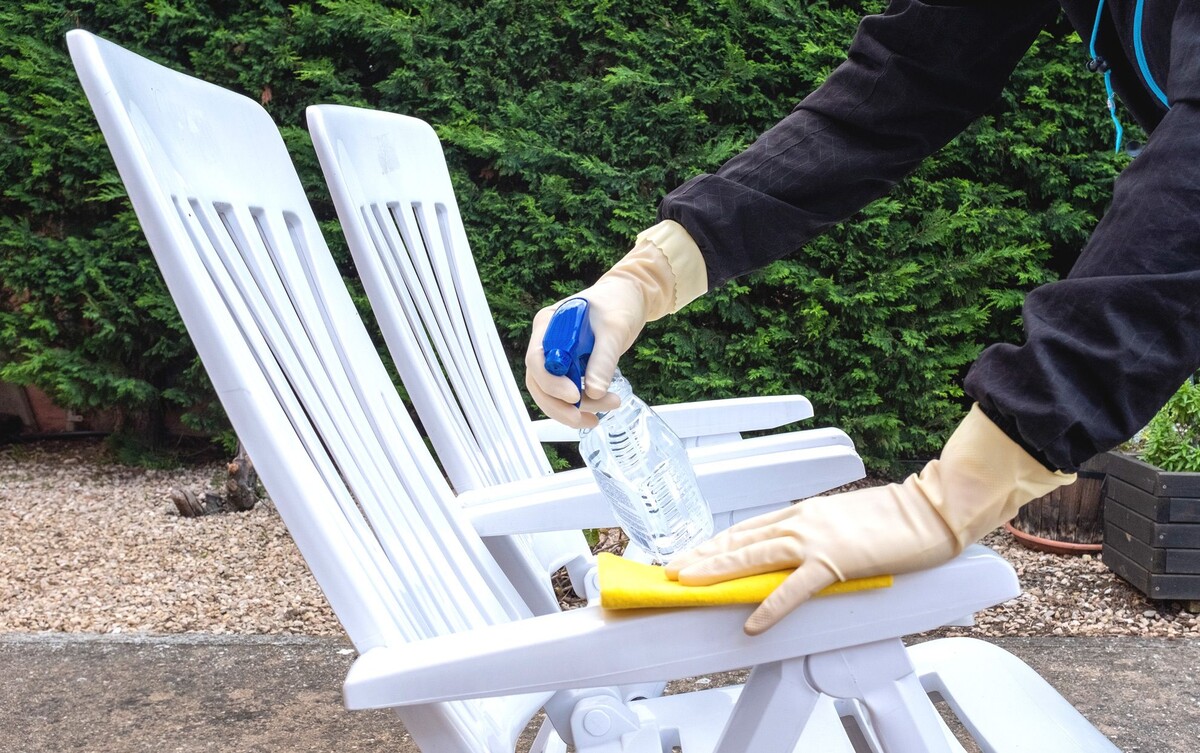
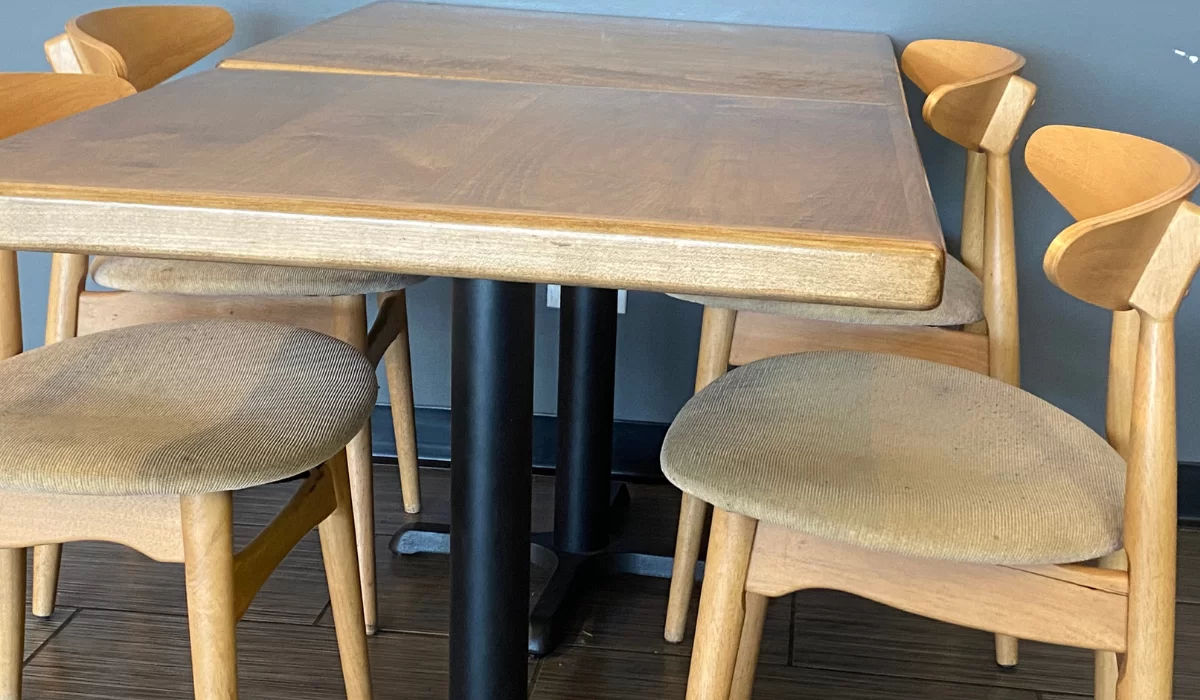
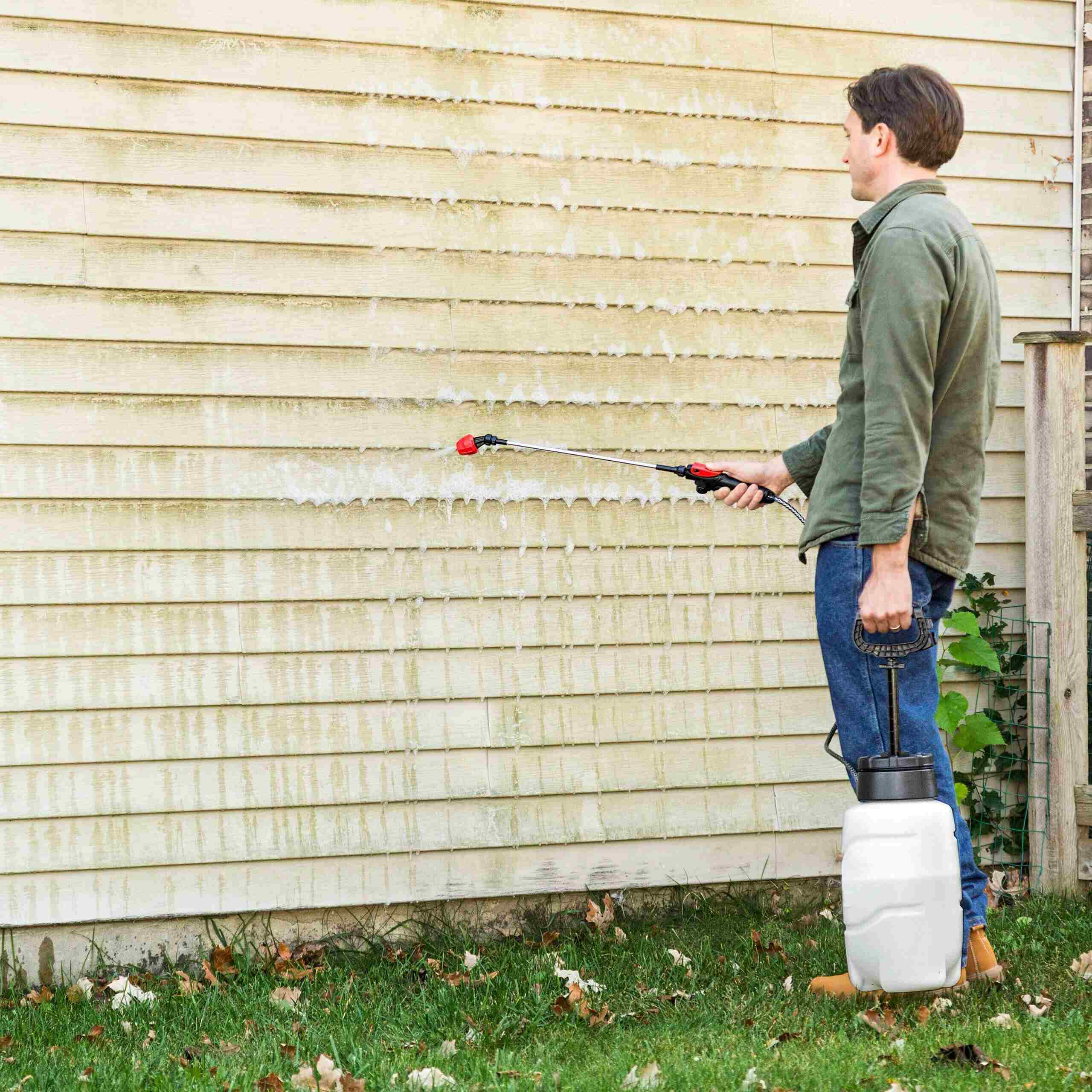
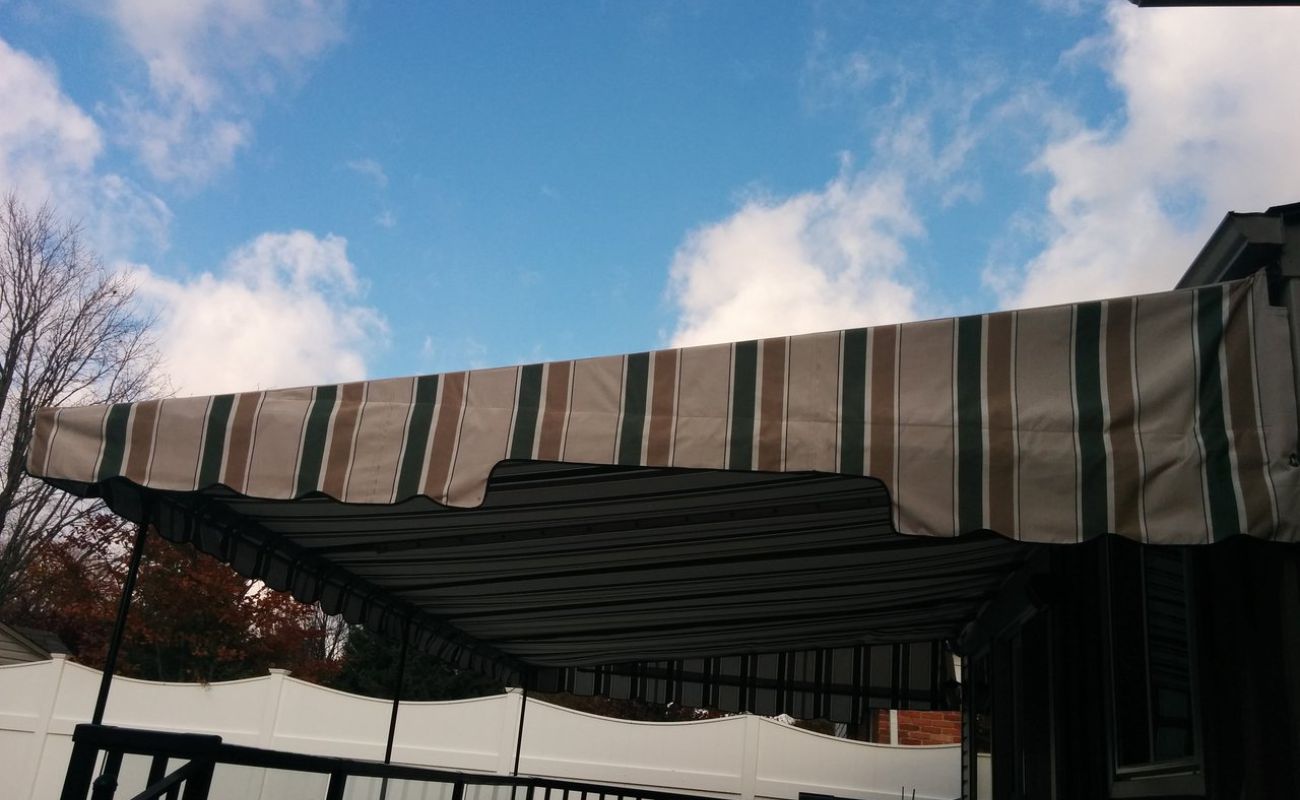
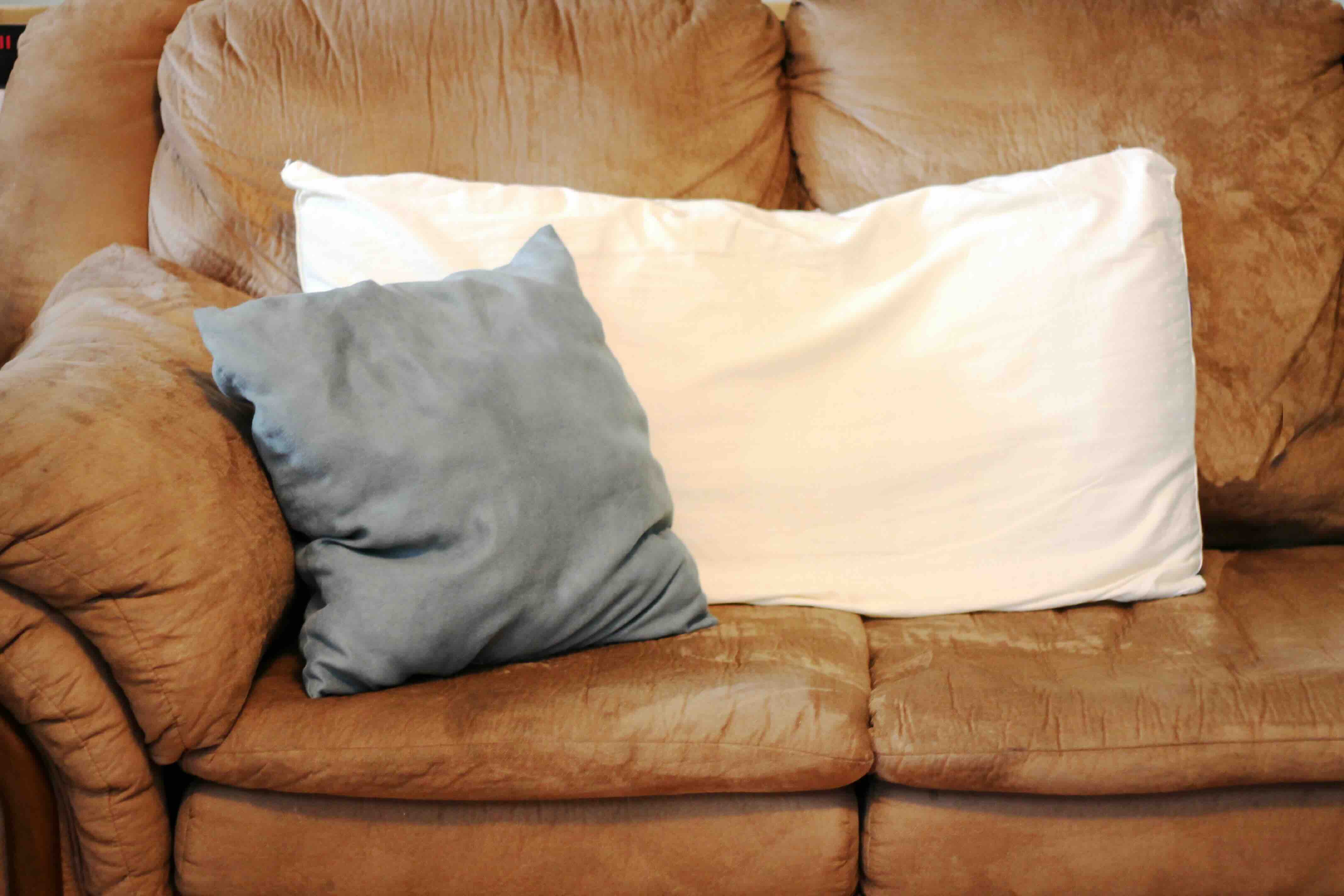

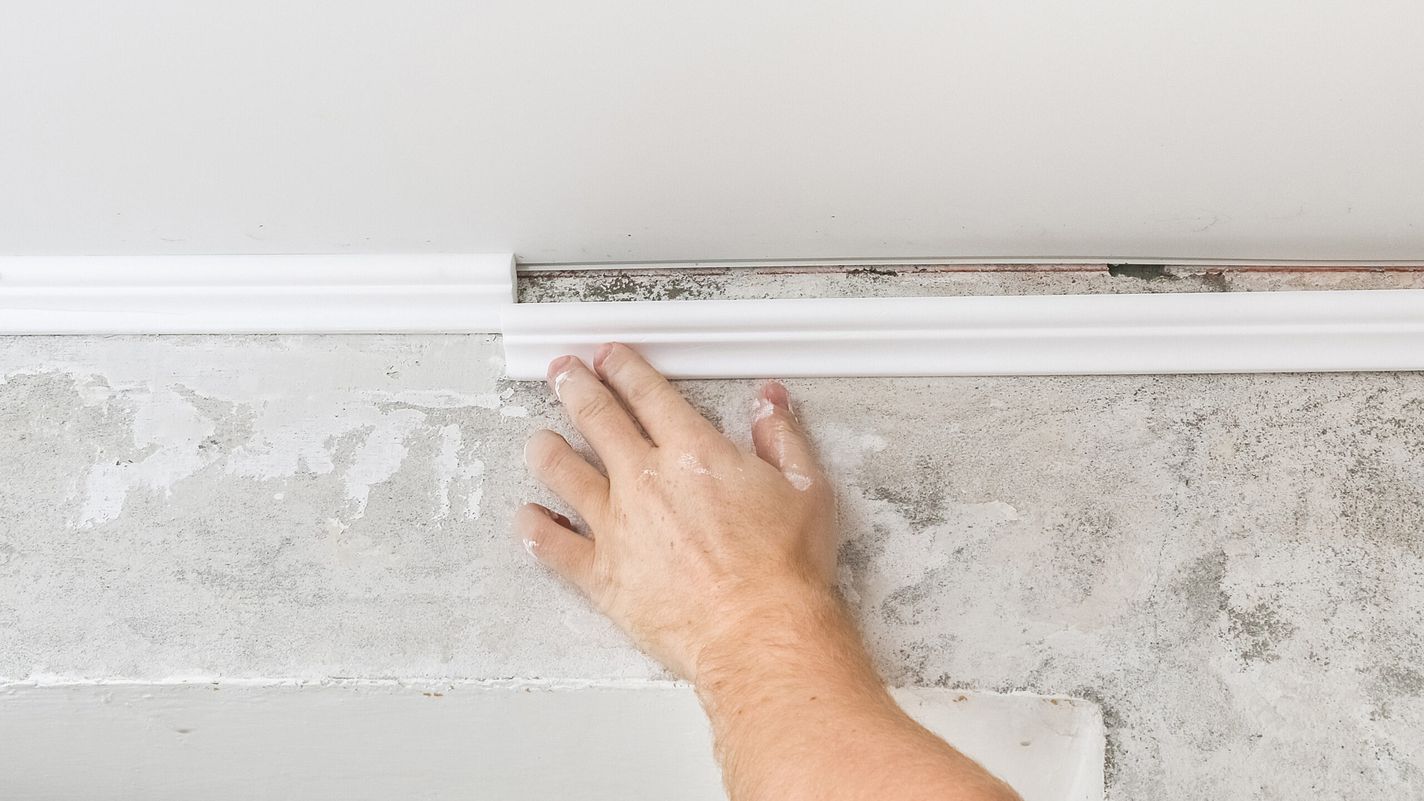
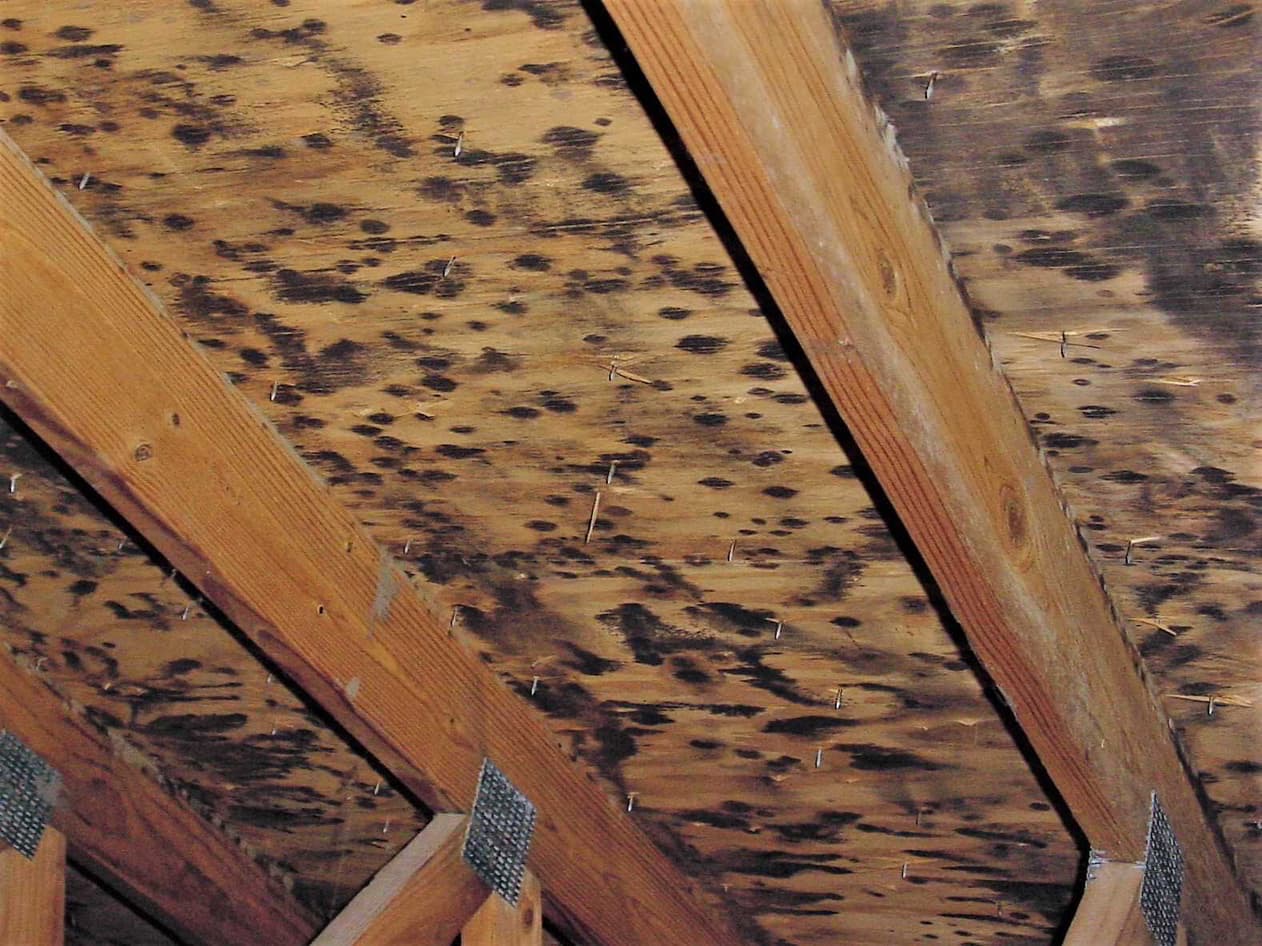
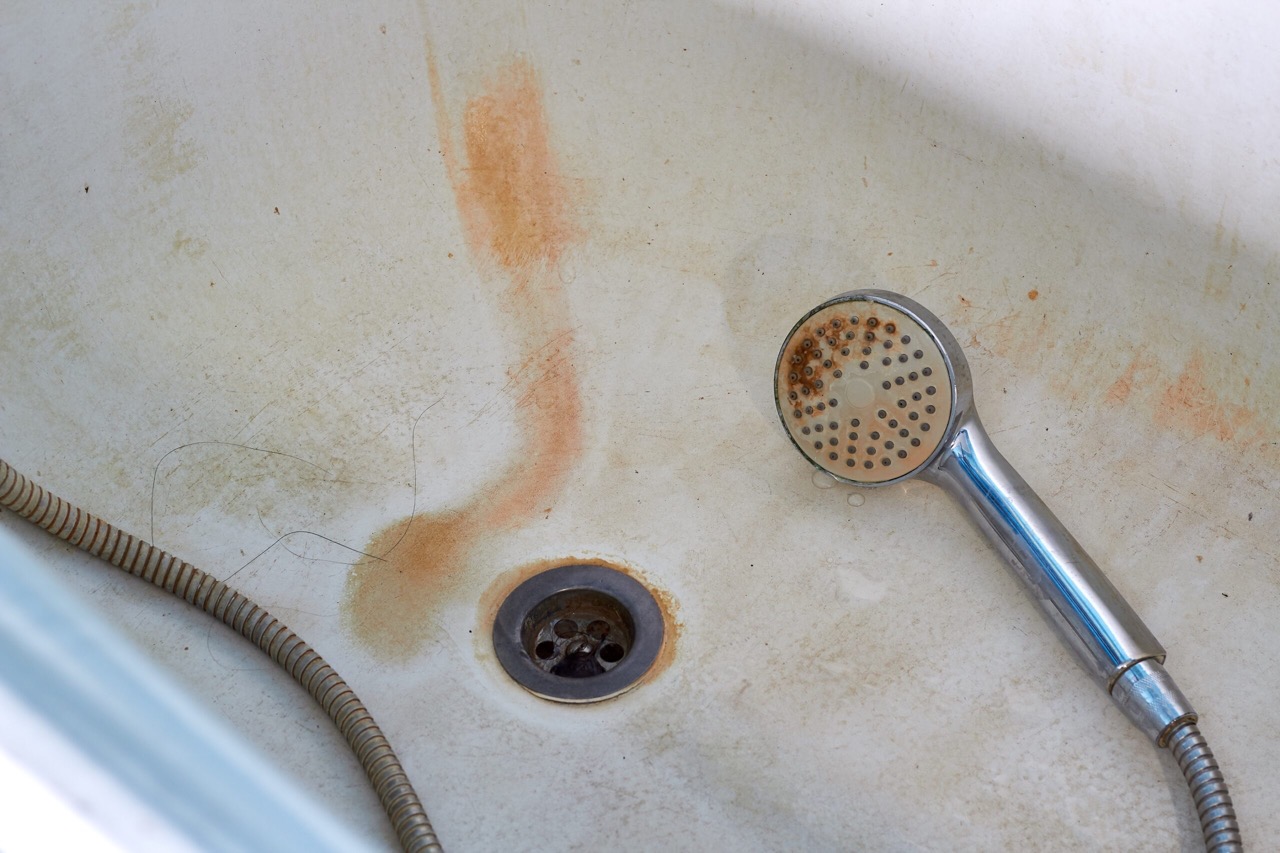
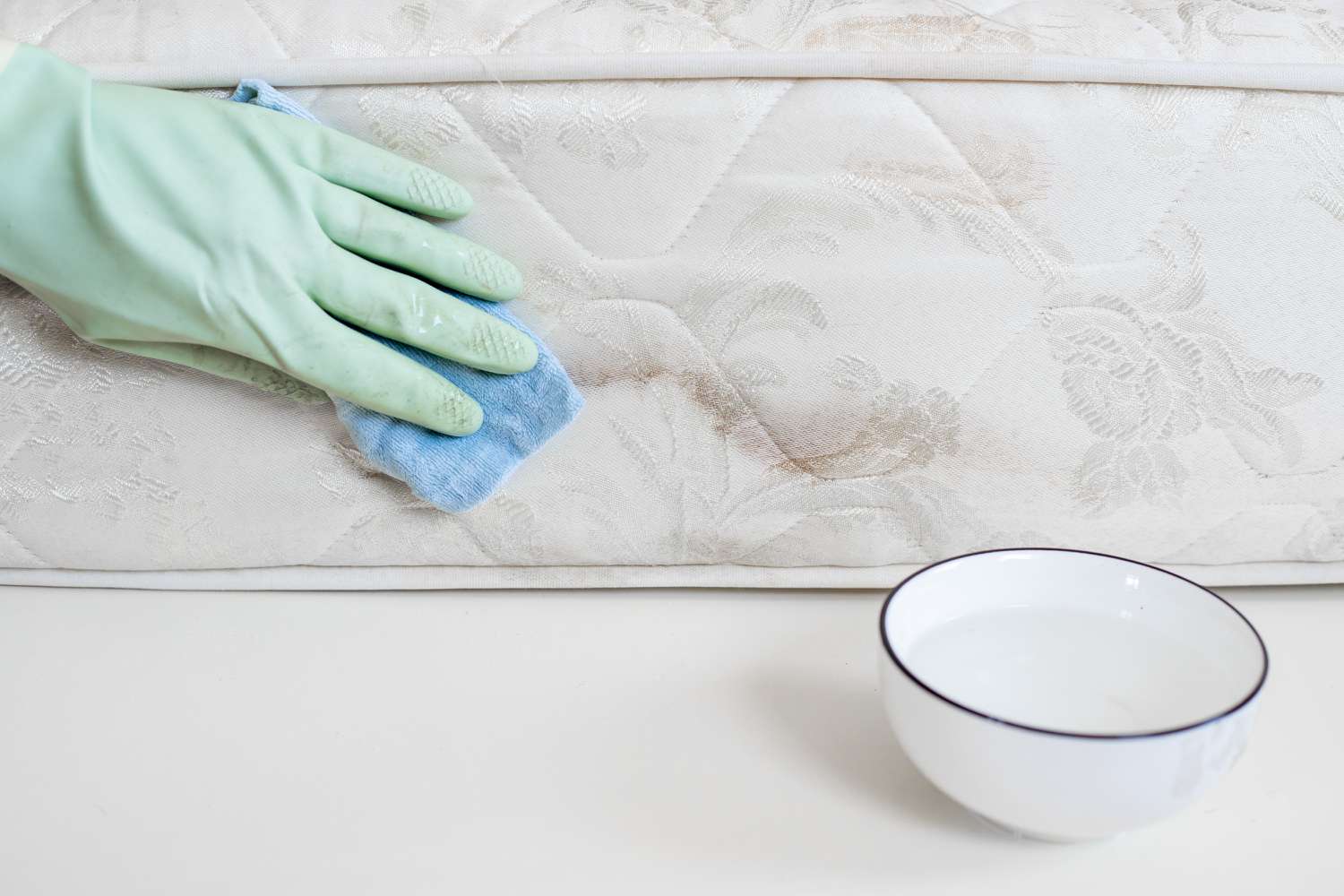

0 thoughts on “How To Remove Mold And Mildew From A Canvas Awning”